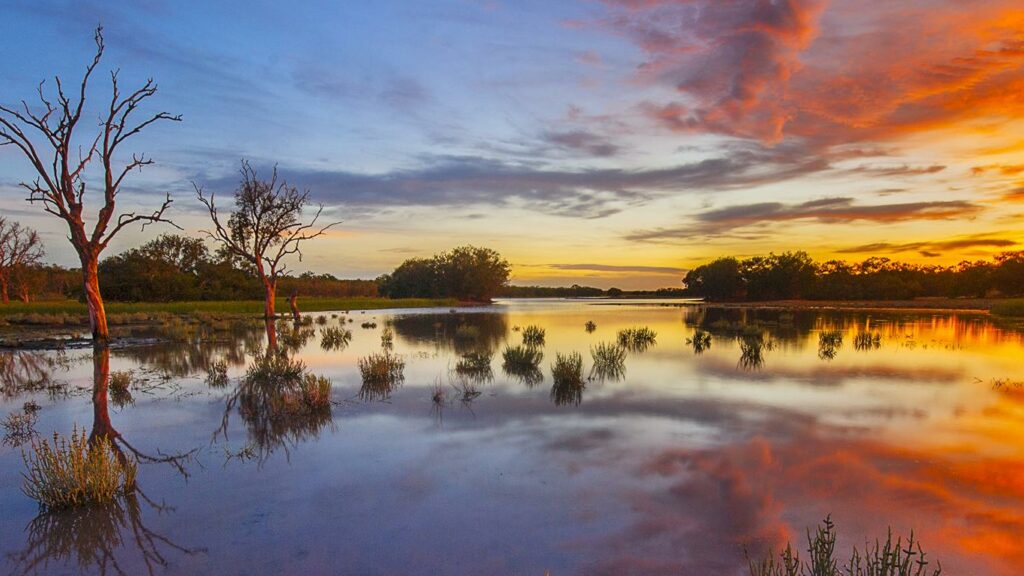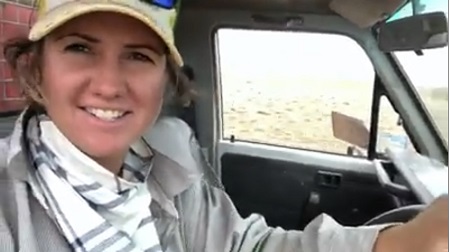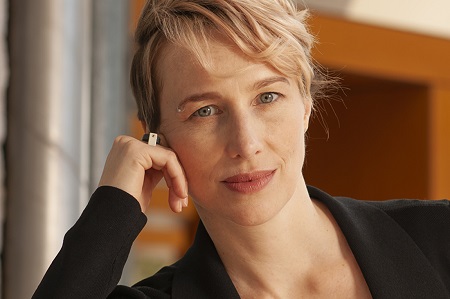It’s happening now. Long overdue Federal report shows climate change a big challenge for Queensland
Richard Dinnen - Queensland Editor |

Every now and then, an event takes place of such significance that we will always remember where we were when we heard of it.
Tuesday was such a day. A Federal minister stood in the spotlight and confirmed what so many had known, suspected, or tried to deny.
Environment Minister, Tanya Plibersek, released State of the Environment 2021, a grim report of Australia’s deteriorating environmental health
Its findings have profound implications for Queensland.
The Great Barrier Reef had four major bleaching events in the five-year period covered by the report. Land-clearing threatens native ecosystems, air quality is poor, and environmental management is not well coordinated.
There are more threatened and invasive species, less soil, wetlands, and biodiversity. Climate change is compounding past damage, threatening food and water, our ways of life, our health.
Jody Brown got the State of Environment report on Latrobe Station, near Longreach, an 18,200 hectare property where she raises Droughtmaster cattle.

“The report is not particularly surprising, and that, in itself, is alarming.
“We have an overlap of things making it harder to manage sustainably and profitably, to manage pastures and keep the soils protected.
“The increasing adverse effects of climate change, that has increased the severity of the temperatures and the droughts in our already volatile region.”
Drought is no stranger at Latrobe. It’s been drought-declared for much of the past 20 years, but rising temperatures and a decline in land condition are a big challenge.
Jody says adaption and remediation measures come at a cost, but producers can’t afford not to invest in them.
“We concentrate on maintaining ground cover, rotating stock, spelling country, in a way that helps improve our drought resilience.
“There’s a lot of things we can do. It’s about individually doing what we can on the ground, adapting on farm, lifting your biodiversity and soil health.
“Then, what can we do as a nation, what can the government do, to support a shift across to renewables.
“It’s hard enough now, we don’t want it to get worse.”

Hilary Bambrick took in the State of Environment report on a busy day as Director of the National Centre for Epidemiology and Population Health at The Australian National University.
“It’s a devastating report. For the first time, climate change has been put out there as something that is happening now, not something that’s in the future.
“We used to look to the 2020s as the time we’d start to see things happening.
“To be living in that time and seeing those things that were projected so many decades ago, it really highlights the urgency with which we need to do things.”
Professor Bambrick said environmental and human health are closely linked. Air pollution, declining biodiversity, and climate change all pose threats to our health.
“One of the biggest issues we have at the moment is seeing how the beginnings of extreme weather events play out.
“Extreme heat, or the flooding we’ve seen this year in Queensland, these sorts of events, which previously haven’t been as extreme as they’re starting to be now.
“I think the wake-up for Australians came with the 2019-20 bushfires. That’s when people realised climate change was here.
“What this report does is really solidify that understanding. It puts down on paper what we already know in our hearts is going on.”

Marine ecologist, Lissa Schindler, saw the report at work in Brisbane with the Australian Marine Conservation Society
“In the last seven years, we’ve seen four major bleaching events on the Great Barrier Reef. Climate change is impacting the Reef right here and now.
“It’s incredibly concerning because. what it needs is time between bleaching events for it to recover. We know it can recover, given that time, but it’s just not getting that time anymore.
“It’s not just coral reefs. We’re seeing mangroves being impacted, and it’s all connected, this affects our fisheries. When seagrass dies back, it impacts our iconic megafauna like dugongs and turtles.
“The report also talks about water quality, that’s another issue governments need to deal with.
“The Queensland Government brought in these reef protection regulations to reduce pollution from farms going into the Great Barrier Reef.
“That’s great, but they need to back that up with compliance and make sure they’re funding and managing it.”
The State of the Environment report is produced every five years. This one was delivered to the previous Federal government seven months ago, but it chose not to publish it.
Dr Schindler said the new Labor government must follow its release of the report with genuine action.
“Our hope is that they’ll put their money where their mouth is and start helping to turn things around.
“We are at that critical point, we can’t have many more of these reports. The more we wait, the more expensive it’s going to be.”



